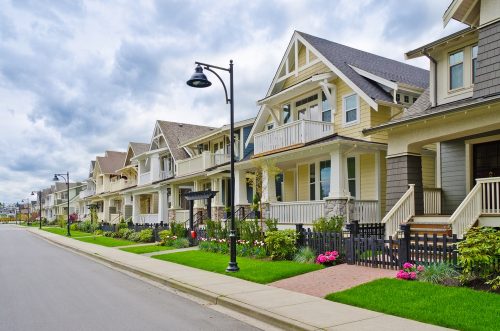
When it comes to residential homes and real estate, investing in these purchases has been increasingly popular as they offer a reliable source of income. As they are also taxable, investors of residential real estate like these offset the tax burden by increasing their real estate deductions.
Deductions for capital assets, or depreciation, let you write off the price of the asset over its lifetime. For commercial buildings, depreciation uses the straight-line method spanning 39 years. But residences for property – creating at least 80 percent of its income from the homes – depreciates using the straight-line method for 27.5 years. Naturally, many investors would like to have a bigger deduction than the straight-line method offers.
This is where cost segregation comes in! Engineering-based studies can identify areas of a building that can depreciate over less time, like 5 years or 15 years. In some circumstances, the assets named by the study are also eligible for bonus depreciation, providing bigger deductions.
Examples of Tax-Saving Strategies From Cost Segregation on Residential Rental Property
- Apartment Buildings: A real estate investor wanted a cost segregation study done on an $8 million apartment building with 200 units after depreciating the building with the straight-line method since 2008. The cost segregation study reclassified a big portion of the apartment area (parking, landscaping and paving). These costs were reclassified as 15-year property, while the interior costs were classified as 5-year property. Around 20% of the building cost was moved from the 27.5-year, straight-line method into a more lucrative recovery period like five or 15 years.
- Single-Family Homes: A real estate investor wanted information on the impact of cost segregation for a $450,000 single-family home being rented out. After providing a feasibility analysis, the client decided on getting a cost segregation study, which awarded a part of the building cost (driveway, landscaping and mailboxes). By moving these into a 15-year recovery period (and other building costs awarded to flooring, cabinetry, and other parts that were assigned to a 5-year recovery period), he was also able to take advantage of bonus depreciation and deduct the cost of the assets that were reclassified.
- A Portfolio of Real Estate: Another client came in with a portfolio of rental real estate; apartment buildings, duplexes, and single-family homes, which were depreciated with the straight-line method over 27.5 years. After a cost segregation study on his portfolio, he was able to claim $645,563 in extra depreciation, which would have resulted in $238,858 in tax savings in 2020 at a 37% tax rate.
Cost Segregation Tax-Saving Opportunity
Are you a real estate investor in an apartment, duplex or single-family rental home? Are you currently claiming depreciation on the residential real estate using the 27.5-year, straight-line method? Don’t miss out on the tax-saving opportunity to boost deductions through cost segregation on your residential real estate. You can take your tax savings after cost segregation to re-invest in new property and improvements.
Get the Help Your Business Needs
Our Corporate Capital experts can help you protect your assets and improve your tax strategies as you grow your business. Whether you need estate planning, living trust and asset protection, or other financial assistance when it comes to managing a business (in Nevada or anywhere in the nation), we can help! Please call our office at 855-371-0070 to find out how we can help you with your business needs!


 855-371-0070
855-371-0070